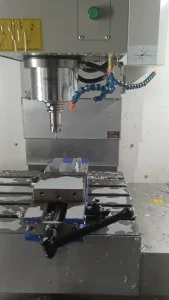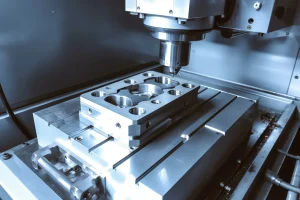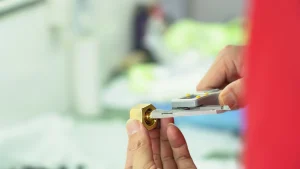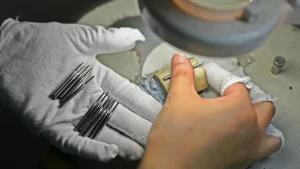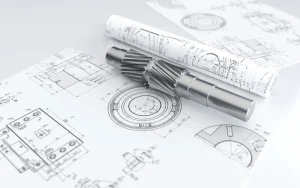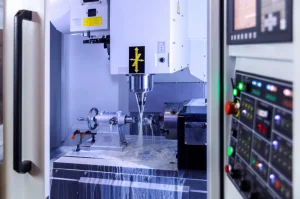非标准硬件零件处理是指根据特定客户需求的自定义生产非标准硬件零件 (例如大小, 形状, 材料, 和性能). Unlike the mass production model of standardized hardware parts (such as screws and nuts), its core characteristics are customization, small batches, a wide variety of products, and complex processes.
It is widely used in the automotive, 航天, 医疗设备, electronic instruments, 模具, and other fields, and is a key link in meeting the core functions of equipment and adapting to specific scenarios.
The essence of non-standard hardware parts processing is “customization on demand,” breaking through the limitations of standard parts based on specific customer needs.
Core Characteristics
1. Customization-oriented
- All parameters (dimensional tolerances, geometric tolerances, 表面饰面, and material selection) are determined by customer drawings or samples.
- 例子:
- Customized micro stainless steel connectors for medical equipment (tolerance ±0.005mm).
- Customized titanium alloy special-shaped structural parts for aerospace components.
2. Small Batches and Multiple Runs
- Due to the need for specialized equipment, order quantities are typically small (ranging from a few to several hundred pieces).
- Product mixes change frequently, requiring flexible adjustment capabilities 例如:
- Quick tool change.
- One-click program recall.
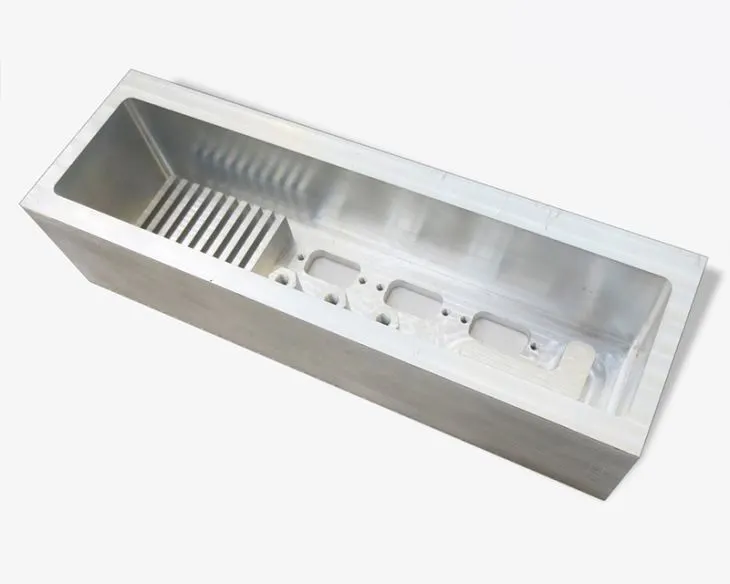
3. Process Complexity
- Non-standard parts often involve:
- Unusual shapes (curved surfaces, hollowing, multiple steps).
- Special precision requirements (例如。, coaxiality ≤ 0.002mm).
- Specialized surface treatments (例如。, 钝化, gold plating, spraying).
- Require a combination of multiple machining processes, 例如:
- 车削 + 铣削 + 研磨 + 电火花加工.
4. High Collaboration
- In-depth communication with customers is required to:
- Confirm drawing details.
- Optimize process feasibility.
- Multiple trial runs and testing are necessary:
- First-article inspection.
- Process inspections.
- Goal: Ensure that the final product fully meets customer requirements.

